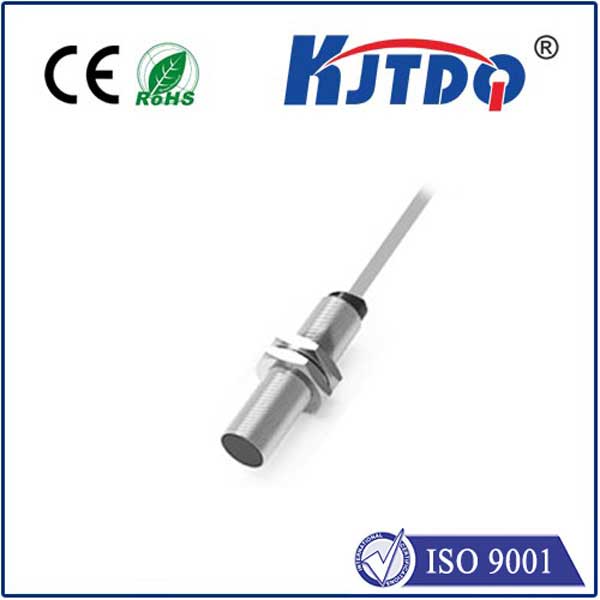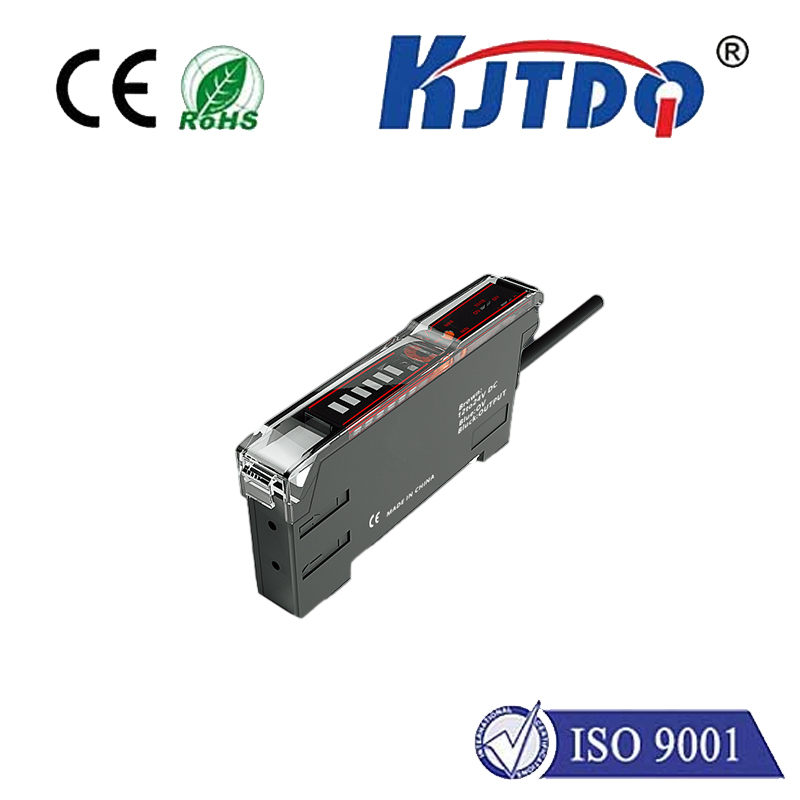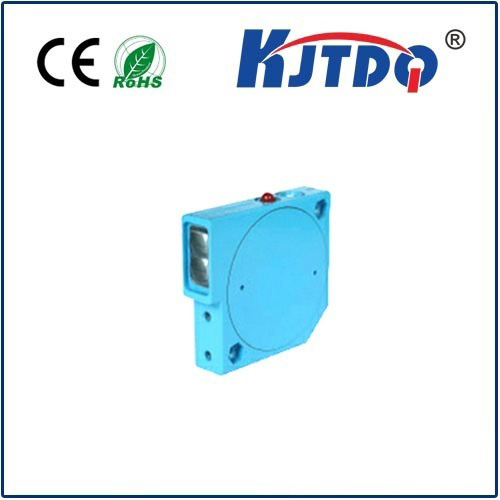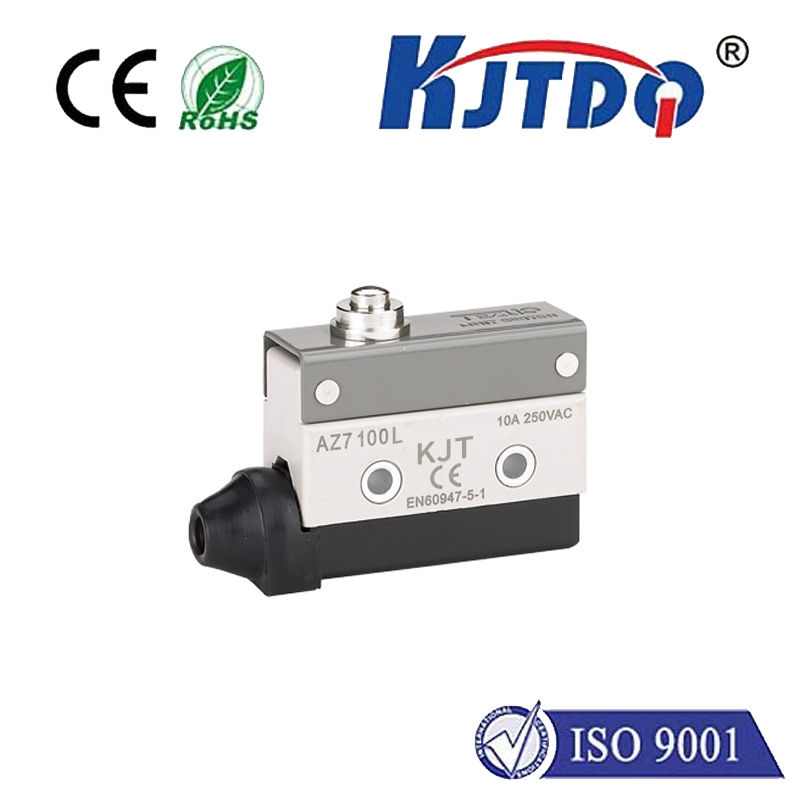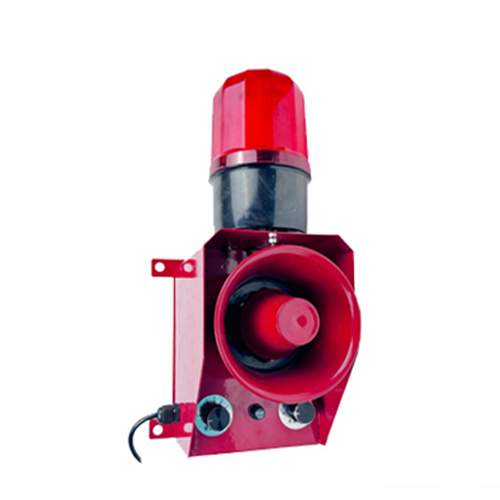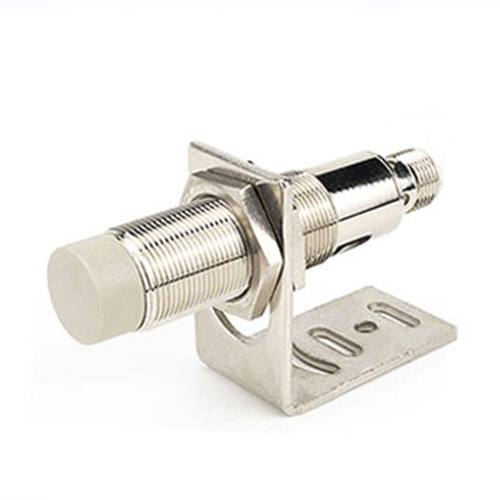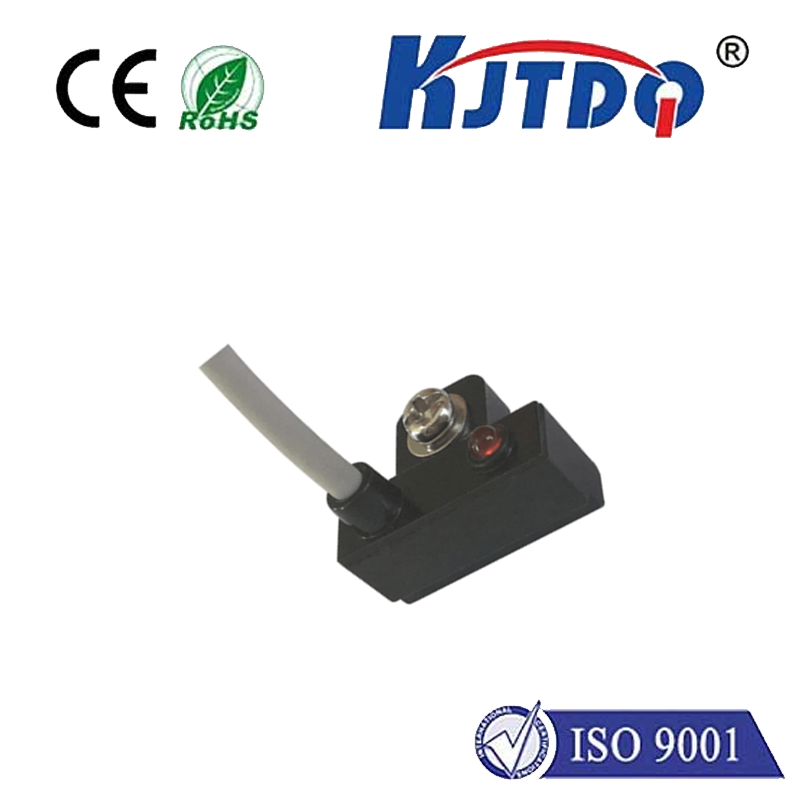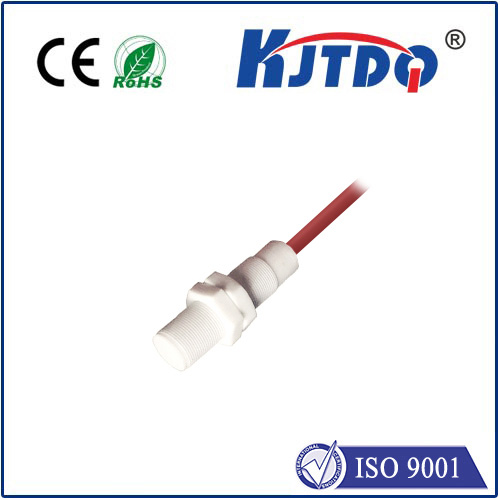

check

check

check

check
Exploring the Versatile Functions of Photoelectric Sensors
In the world of modern technology, sensors play a crucial role in our daily lives. Among various types of sensors, photoelectric sensors are widely used due to their diverse functions and applications. In this article, we will explore the versatile functions of photoelectric sensors and how they have revolutionized various industries.
Firstly, let's understand what a photoelectric sensor is. A photoelectric sensor is an electronic device that converts light signals into electrical signals. It works on the principle of photoelectric effect, which occurs when light energy strikes a material and causes electrons to be ejected from the surface. This process generates an electric current, which can be measured and analyzed for various purposes.

One of the primary functions of photoelectric sensors is object detection. They are commonly used in manufacturing industries to detect the presence or absence of objects on a conveyor belt or assembly line. By using a beam of light to illuminate the object, the sensor can determine its position and trigger appropriate actions such as stopping the conveyor belt or activating another machine.
Another important function of photoelectric sensors is measurement. They are used in scientific instruments and medical devices to measure the intensity, wavelength, and duration of light. For instance, a spectrophotometer uses a photoelectric sensor to measure the absorption of light by a sample, which helps in determining the concentration of a substance in the sample. Similarly, pulse oximeters use photoelectric sensors to measure the oxygen saturation level in a patient's blood by analyzing the absorption of red and infrared light.
Photoelectric sensors also find applications in safety and security systems. They are used in fire alarms to detect smoke by sensing changes in the amount of light scattered by particles in the air. In addition, they are used in intrusion detection systems to detect movement by sensing changes in light patterns. These sensors are highly sensitive and can detect even small changes in light levels, making them ideal for security applications.
Apart from these, photoelectric sensors are used in various other applications such as environmental monitoring, traffic control, and communication systems. For example, they are used in air quality monitors to measure the concentration of pollutants by analyzing the absorption of light by different gases. In traffic control systems, they are used to detect vehicles and pedestrians at intersections and adjust traffic signals accordingly. In communication systems, they are used to transmit data by modulating light signals.
In conclusion, photoelectric sensors are versatile devices with numerous functions and applications. Their ability to convert light signals into electrical signals makes them essential components in many industries and technologies. As technology continues to advance, we can expect further innovations and improvements in photoelectric sensors, opening up new possibilities for their use in everyday life.
